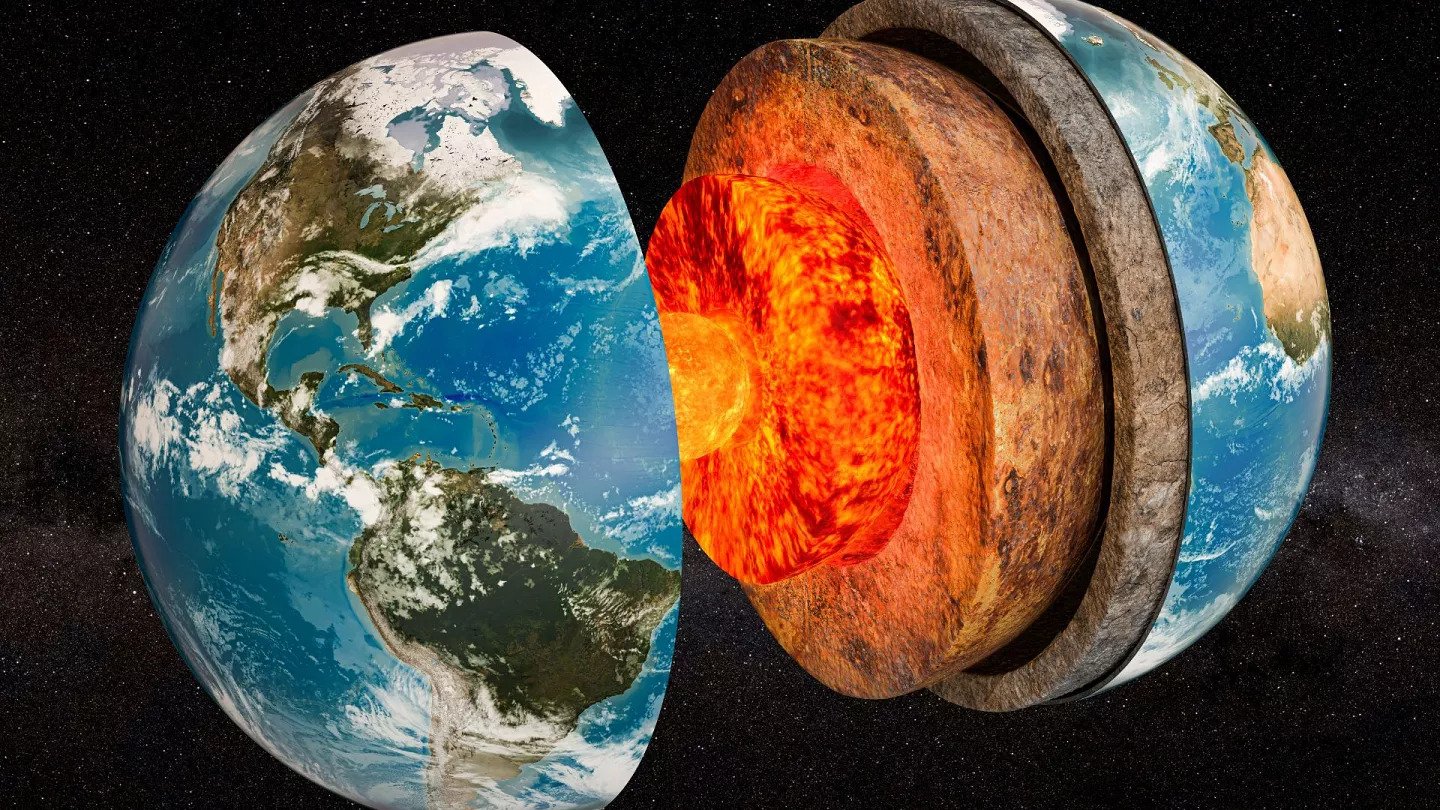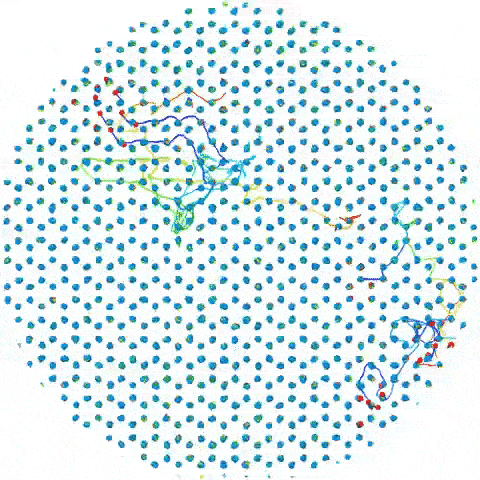The Earth’s inner core is located inside the outer one. Until now, it was believed that it was a solid mass of metal. However, recent experiments have shown that the atoms in it can move freely.

Earth’s inner core
On October 2, a study was published in the journal Earth, Atmospheric and Planetary Sciences in which scientists proved that the Earth’s inner core could be softer than previously thought. In order to understand this message, it is necessary to remember how our planet works inside.
Under a fairly thin layer of crust, there is an extended mantle, which is in a red-hot state. It has a liquid outer core inside it. And already inside it is the inner one, which has a diameter of 1220 km. And it is believed to be in a solid state.
It is generally accepted that this giant piece of iron is responsible for the existence of the magnetic field on our planet. In addition, numerous studies have recently been published, according to which the rotation speed of the core has recently changed. In addition, there are many other interesting processes going on around it.
Strange behavior of iron atoms
However, something really strange happened in 2021. Scientists investigated how seismic waves from earthquakes passed through the Earth’s inner core and saw deviations from the model. They testified that something incomprehensible was happening on the surface of the core. And now scientists have decided to find out what it can be.
They recreated the pressure in the inner core in the laboratory and observed iron atoms behaving under these conditions. Then the scientists entered this data into a machine learning program to create a simulated virtual core, which they called a “supercell.” Using it, they saw that iron atoms could actually move even in a dense crystal structure.

The results suggest the atoms inside the inner core can “move much more than we ever imagined,” study co-author Jung-Fu Lin, a geophysicist at the University of Texas at Austin, said in a statement.
Moreover, according to the scientist, quite large groups of atoms can move in the core, but its structure remains unchanged at the same time. Also, now researchers will be able to understand more about other properties of a piece of metal in the center of our planet. For example, the way it creates its magnetic field.
According to www.space.com
Follow us on Twitter to get the most interesting space news in time
https://twitter.com/ust_magazine
